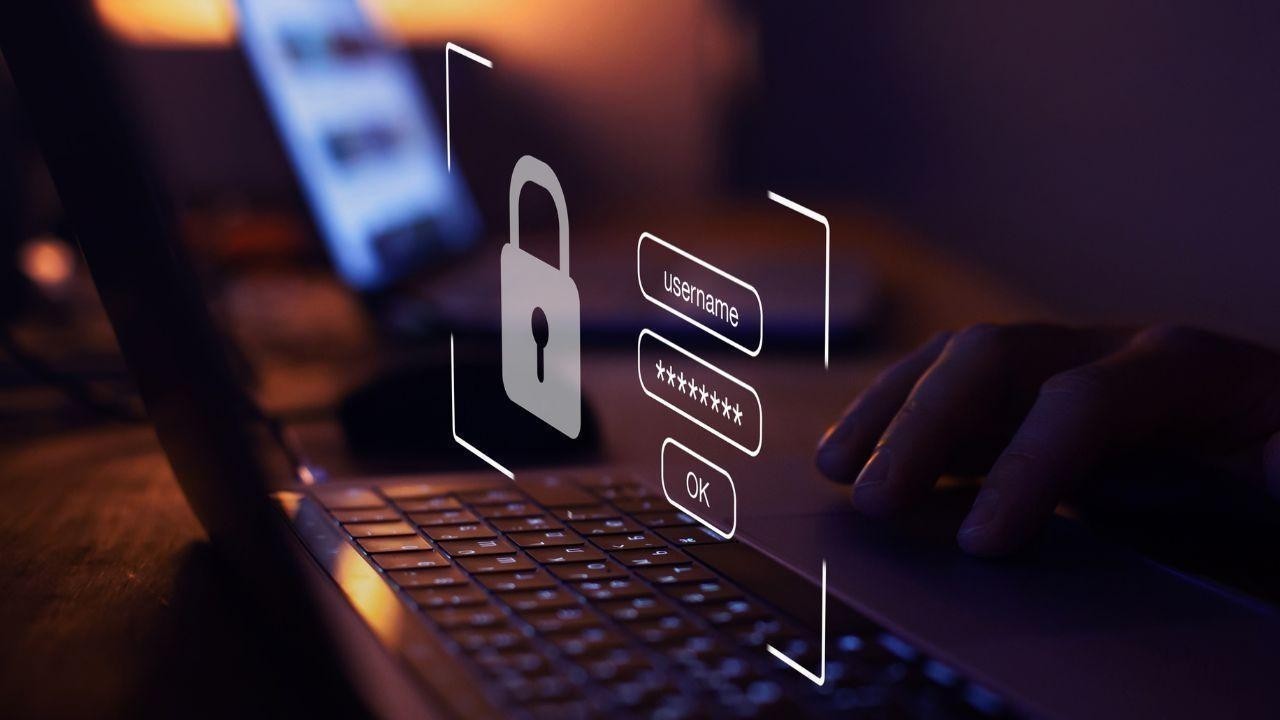
Post by : Zayd Kamal
In today’s fast-paced digital world, AI surveillance has become an integral part of our lives. From smart security cameras in homes to facial recognition systems in public spaces, artificial intelligence is revolutionizing how we ensure safety. However, as these technologies become more prevalent, they raise critical questions: How do we balance enhanced security with the need to protect individual privacy? And where should the line be drawn? In this article, we delve into the evolving world of AI surveillance, its benefits, ethical dilemmas, and the strategies required to strike a balance between security and privacy.
AI surveillance refers to the use of artificial intelligence technologies to monitor, analyze, and interpret data from various sources, such as video cameras, audio recordings, and digital communications. These systems are designed to detect unusual behavior, identify individuals, and even predict potential security threats. Some common examples of AI surveillance include facial recognition used in airports for passenger verification, smart city systems that monitor traffic and public safety, and AI-powered cameras in retail stores to prevent theft. While these applications aim to enhance safety and efficiency, they often involve collecting sensitive personal data, which can lead to privacy concerns.
One of the most significant advantages of AI surveillance is its ability to enhance security. AI-powered systems can detect suspicious activities in real-time, identify threats more accurately than human operators, and respond to emergencies faster by analyzing data instantaneously. For example, in law enforcement, AI can help track down criminals by analyzing video footage and identifying patterns that human eyes might miss. Additionally, these systems reduce the workload on human operators by automating repetitive tasks, allowing organizations to allocate their resources more efficiently and focus on critical issues. For instance, AI surveillance in traffic management systems can optimize traffic flow by analyzing congestion patterns. Though implementing AI surveillance systems requires an initial investment, they can save costs in the long run by reducing the need for extensive manpower and preventing potential security breaches.
Despite its benefits, AI surveillance raises several ethical and privacy-related issues. One major concern is the loss of privacy. AI systems often collect and store vast amounts of personal data, such as facial features, location history, and online activities, leading to worries about misuse or unauthorized access to sensitive information. Another issue is bias and discrimination. AI algorithms can sometimes reflect the biases present in their training data, resulting in unfair treatment of certain groups, such as racial profiling or gender bias in decision-making processes. Many AI surveillance systems also operate as black boxes, making it difficult for individuals to understand how their data is being used. This lack of transparency can erode trust in these technologies. Furthermore, when governments or organizations implement large-scale AI surveillance programs, there is a risk of creating a surveillance state. Such systems can be exploited to monitor citizens excessively, leading to a loss of personal freedoms.
To ensure privacy is protected, organizations must adopt a privacy-by-design approach. This means embedding privacy measures into the development of AI surveillance systems from the start. Examples include encrypting sensitive data, limiting data collection to only what is necessary, and providing clear opt-in and opt-out options for users. Governments and regulatory bodies must also establish clear guidelines to govern the use of AI surveillance. Laws like the GDPR (General Data Protection Regulation) in Europe set a strong example by giving individuals control over their data and ensuring accountability for its use. Organizations should be transparent about how they use AI surveillance and hold themselves accountable for protecting user data. Regular audits and public reporting can help build trust and ensure ethical practices. Developers and researchers must focus on creating unbiased AI systems by training algorithms on diverse datasets, regularly testing for potential biases, and involving ethicists in the development process. Finally, educating individuals about how AI surveillance works and their rights regarding data privacy is crucial. Empowered users are better equipped to make informed decisions and advocate for responsible technology use.
In today’s interconnected world, AI surveillance plays a pivotal role in enhancing security and efficiency. From facial recognition in airports to traffic monitoring in smart cities, these technologies offer significant benefits, such as real-time threat detection and optimized resource allocation. However, the widespread use of AI surveillance raises concerns about privacy, bias, and transparency. Ethical challenges include the potential misuse of personal data, unfair treatment due to biased algorithms, and the risk of creating surveillance states. To address these issues, a balance must be struck between security and privacy. Solutions like privacy-by-design, transparent practices, and clear regulatory frameworks are essential. Educating individuals about their rights and the workings of AI surveillance can also empower them to advocate for responsible technology use.
This article was created by DXB News Network to provide insights into the evolving field of AI surveillance and its societal impact. The content is intended for informational purposes only and should not be considered as professional or legal advice. DXB News Network does not endorse any specific technologies or policies mentioned. Readers are encouraged to seek expert consultation or conduct further research for personalized guidance.

From Tribal Shorelines to Global Skylines: The UAE’s Remarkable Transformation
Dive into the UAE’s journey — from Trucial States under British treaties to the rise of Dubai & Abu

Bitcoin Hits $125K Amid US Shutdown, Safe-Haven Rush
Bitcoin surges to $125K as US government shutdown fuels safe-haven demand. Gold rallies while crypto

Emirates Launches $8M Hospitality Training Hub in Dubai
Emirates opens a world-class hospitality centre in Dubai, training 25,000 cabin crew in fine dining,

Abu Dhabi’s Zayed National Museum Set for Grand December Opening
Crown Prince Sheikh Khaled reviews Zayed National Museum, showcasing UAE heritage, culture, and hist

Haaland’s Scoring Run: Best Form of His Career Yet?
Erling Haaland nets 18 goals in 11 games, scoring in nine straight matches. How does he compare to K

Iran Approves Plan to Slash Four Zeros from Rial Currency
Iran’s parliament approves redenomination of the rial, cutting four zeros amid soaring inflation and

Sharjah Hosts 4th IFALT, Advancing Arabic Language Education
Sharjah concludes 4th IFALT, empowering Arabic teachers, showcasing cultural initiatives, and promot

Effective Ways to Reduce Joint Pain and Stiffness This Winter
Learn simple ways to reduce joint pain and stiffness this winter with warmth exercises diet tips and

Facial Sculpting and Non Invasive Techniques Safe Beauty Trends for the Future
Explore facial sculpting and non invasive techniques shaping beauty care Safe affordable and natural

Body Positivity Embracing Self Love Confidence & True Beauty
Celebrate body positivity embrace self love reject false beauty ideals and discover confidence at ev

Skin Microbiome Secrets to Healthy and Balanced Skin
Explore the skin microbiome its role in skin health and simple ways to keep your skin balanced healt

Sarcopenia How Aging Steals Muscle and Ways to Stay Strong
Discover sarcopenia the silent muscle loss with age its signs causes and simple ways to stay strong

Cultural Appropriation vs Appreciation Respecting Global Traditions
Learn the difference between cultural appropriation and appreciation to respect traditions and celeb

Uniform and Rebellion How Personal Identity Thrives Within Rules
Explore how uniforms shape identity and spark subtle rebellion blending conformity with personal exp

The Unseen Labor Behind Fashion Inside the Secret Stitch
Discover the hidden world of fashion labor and the secret stitch behind every garment Honor the hand